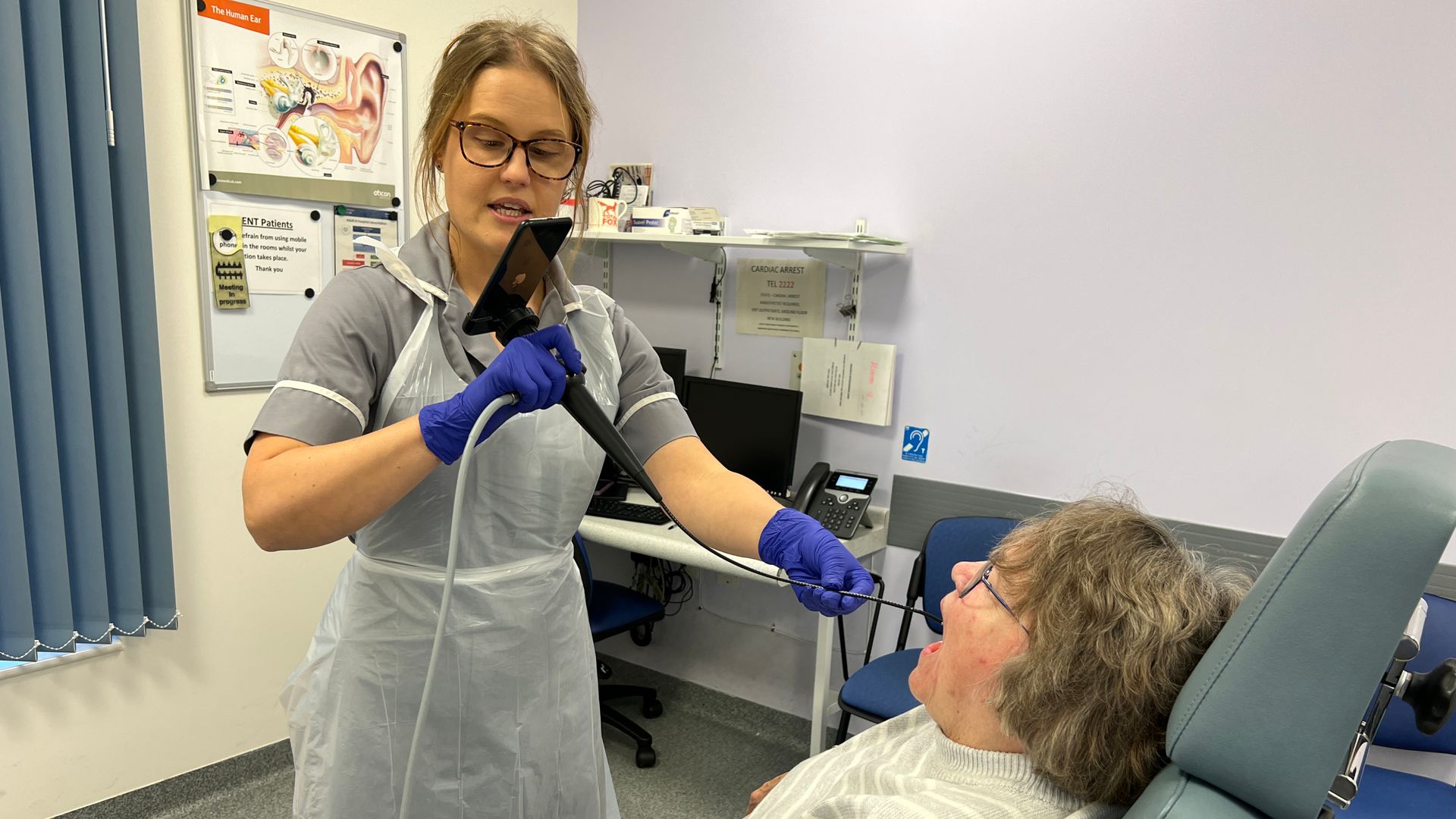The age-old adage of “doing more with less” is particularly critical advice for both startups and enterprises right now.
Venture funding has hit its lowest point in two years, which means startups must now focus on making hard decisions about how to utilize their limited budgets. Enterprises are likewise tightening their belts as customers feel the impact of inflation and prepare for an uncertain economy. What’s more, we are facing a global talent shortage that further puts pressure on an already constrained software developer pool.
No-code development tools could not have come at a better time. By democratizing the ability to develop software through visual, drag-and-drop tools, no-code enables a range of non-developers to start building software.
For a startup, this might mean the founder now can build their first minimum viable product (MVP) release themselves while bootstrapping the team. For enterprises, teams can build their own apps without having to depend upon the IT department.
How does one go about evolving a prototype into an MVP using no-code? Here are four practical steps you can take:
Embrace an everyday delivery approach
Traditional Agile methodologies for custom development have popularized breaking down larger releases into smaller releases that add features.
Instead of getting caught up trying to design the perfect and complete MVP release all at once, try to deliver value as quickly as possible and continuously improve your prototype.
Depending on the flavor of Agile employed, how long each release will take to be ready will vary. The Scrum version of Agile typically defines shorter “sprints” of two to three weeks. However, not all builds developed in these sprints may be ready for release to end users, who will have to wait until the next full release is complete.
No-code is different: It enables delivery of features with small, quick, continual updates — what we will refer to as “everyday delivery.” This builds on concepts from Agile but does not force you into a strictly defined release duration. Instead, with no-code you can rapidly and continuously add features to the prototype and evolve it toward your MVP and release features when they are ready via smaller, incremental updates (perhaps daily).
One way to do this is through the Kanban Method, which is optimally suited for no-code development. Kanban embraces a continuous “push” delivery model, where teams release features as soon as they are ready, compared to Scrum, which organizes work in sprints and defined release trains.
When used together, Kanban and no-code let you update the prototype and release updates faster and more often, gather feedback from your stakeholders and end users, and respond quicker. Kanban can also be easier for non-developers to adopt — they can use it on top of existing workflows, systems and processes without disrupting what is already in place. Finally, Kanban also minimizes the need for development experience and specialist roles (e.g., Scrum master or product owner), which makes it easier and faster to adopt for non-developers.
Proper scoping and decomposition
The next step is to properly scope and decompose work items in your MVP release.
4 practical steps for using no-code to evolve your prototype to an MVP by Ram Iyer originally published on TechCrunch








